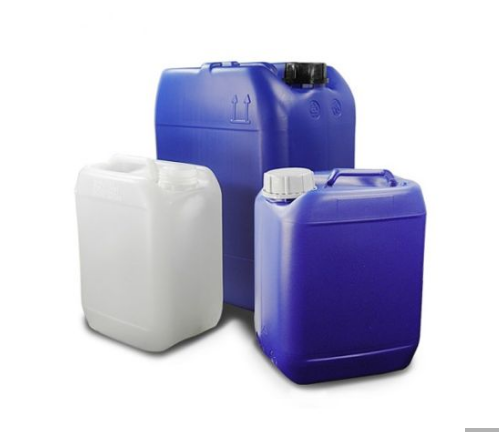May 11, 2021
What are coupling agents and types?
Coupling agent is a kind of material with two different functional groups. The most characteristic of its molecular structure is that the molecule contains two groups with different chemical properties. One is an inorganic group, which is easy to react with the inorganic surface; the other is an organic group, which can react with synthetic resin or other polymers or form hydrogen bonds and dissolve in it. Therefore, the silane coupling agent is called "molecular bridge", which can improve the interface interaction between inorganic and organic materials, so as to greatly improve the properties of composite materials, such as physical properties, electrical properties, thermal properties, optical properties and so on. Coupling agent used in rubber industry can improve the wear resistance and aging resistance of tire, rubber sheet, hose, rubber shoes and other products, and reduce the amount of NR, thus reducing the cost. The function of coupling agent in composite materials is that it can react with some groups on the surface of reinforced materials, and react with matrix resin, forming an interface layer between reinforcement materials and resin matrix, which can transfer stress, so as to enhance the bonding strength between reinforcement materials and resin, improve the properties of composite materials, and prevent other media from seeping into the interface It is beneficial to the aging resistance, stress resistance and electrical insulation properties of the products. A plastic additive used to improve the interfacial properties of synthetic resins with inorganic fillers or reinforcements. Also known as surface modifier. It can reduce the viscosity of synthetic resin melt and improve the dispersion of filler in the process of plastic processing, so as to improve the processing performance, and then make the products obtain good surface quality and mechanical, thermal and electrical properties. Its dosage is generally 0.5-2% of that of filler. Coupling agents are generally composed of two parts: one is an inorganic group, which can interact with inorganic fillers or reinforcing materials; the other is an organic group, which can interact with synthetic resin.
Read More
